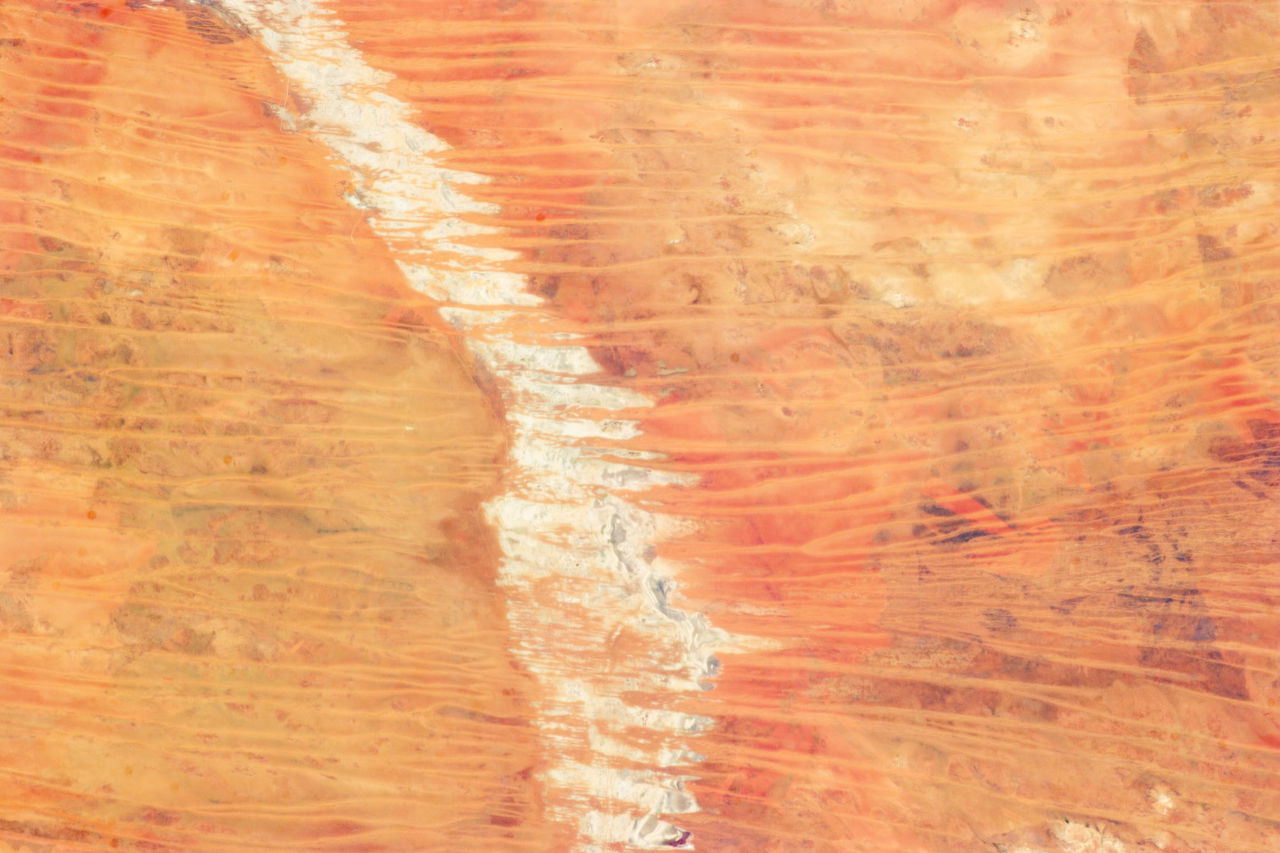Surviving in the Australian Outback – Book stuff
This is a taster of the book Outback Survival by Bob Cooper which is well worth a read and you can find it online through a number of outlets. Bob Cooper is a famous Australian survival instructor who recounts in this book adventures and survival miss-haps from his life and how he became a survival instructor.
Back in 1982, a young 28-year-old man named Ben Cooper, a field assistant for anthropologists Kim Akerman and Peter Bindon, was working in the Great Sandy Desert, locating Aboriginal sites for the Western Australian Museum.
This very nearly became his premature grave as his first flight in a helicopter nearly became his last. During the flight, warning lights flashed red on the dashboard and the talented pilot dove desperately for the ground.
With her skill they landed with a thud and a bump, all aboard the plane were safe, but now the party of five was stuck in the desert with no way to make an emergency call on devices or the radio.
After discussion, it became very clear to them that there were only two options – they could stay with the stricken helicopter or attempt to walk out.
The battery had cooked itself and dead as a Dodo, so there was no communication with the outside world; at most they could create fire, make SOS signals on the ground and use a mirror to signal overhead planes. Unfortunately, no one knew where they had been heading that day, so there was little chance of there being some overhead planes to signal, although they did know it was going to be a one day trip.
They had 1.6 gallons of water and a handful of soft drinks and sandwiches for lunch. Cooper’s survival bag had two soup stocks, a tea bag, and a coffee sachet. Luckily, they had a tribal elder with them, so food wasn’t really a concern with bush tucker plants available.

Balgo was about 60 miles away, and the nearest track was a seismic line that was possibly 7 miles away. This might have a manned camp at the end of it. Everyone but the elder was physically capable of walking a reasonable distance, so a decision was made for two of the group, Cooper and Akerman, to walk to the seismic line for help before night fell and freezing temperatures took over.
The pair gathered up half a gallon of water each and whatever else seemed useful – a cigarette lighter, paper and pen, a compass, and some first aid supplies. They consulted the aeronautical map and headed out northeast.
They chose to set fire to the large dead trees to create visual markers, and they marked dry creek beds with tripods of sticks to indicate safe crossing points for 4WD vehicles. They walked from noon to 4 pm through the hottest part of the day when temperatures could rise to 95+ degrees Fahrenheit.
Much to their relief, they spotted a moving grader, used for flattening roads, in the distance and knew that the line was active. About half an hour later a 4WD Ute pulled up beside them, and they were rescued.
With the markers they left behind, a rescue party was able to easily find their missing companions. Eventually, the downed helicopter was rescued, and everyone went back to work.
One thing that Cooper says he learned from this experience was actually how little he did know.
You can find out more by reading Outback Survival by Bob Cooper (Hachette Australia)
If you have any comments then please drop us a message on our Outdoor Revival Facebook page
If you have a good story to tell or blog let us know about it on our FB page, we’re also happy for article or review submissions, we’d love to hear from you.
We live in a beautiful world, get out there and enjoy it.
Outdoor Revival – Reconnecting us all with the Outdoor





